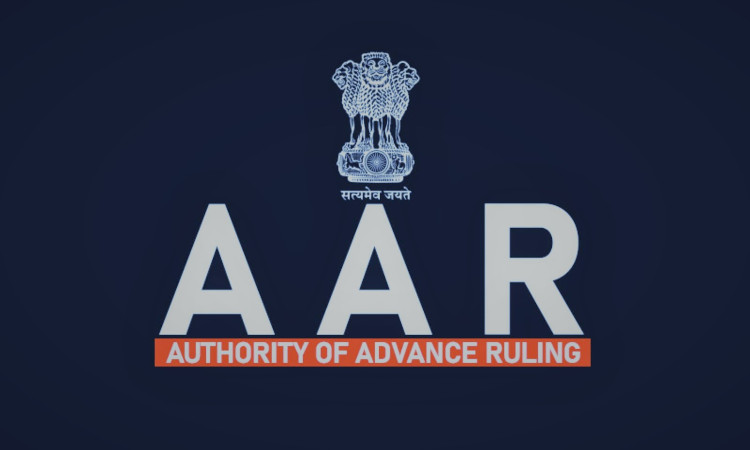The Kerala Authority of Advance Ruling (AAR) has ruled that the benefit of the marginal scheme is not applicable to gold, as gold in any form fails to pass the test of second-hand goods.The bench of Dr. S.L. Sreeparvathy and Abraham Renn S. has observed that the applicant cannot determine the value of gold as per Sub Rule 5 of Rule 32 of the CGST, Rules 2017, which restricts Input Tax...

